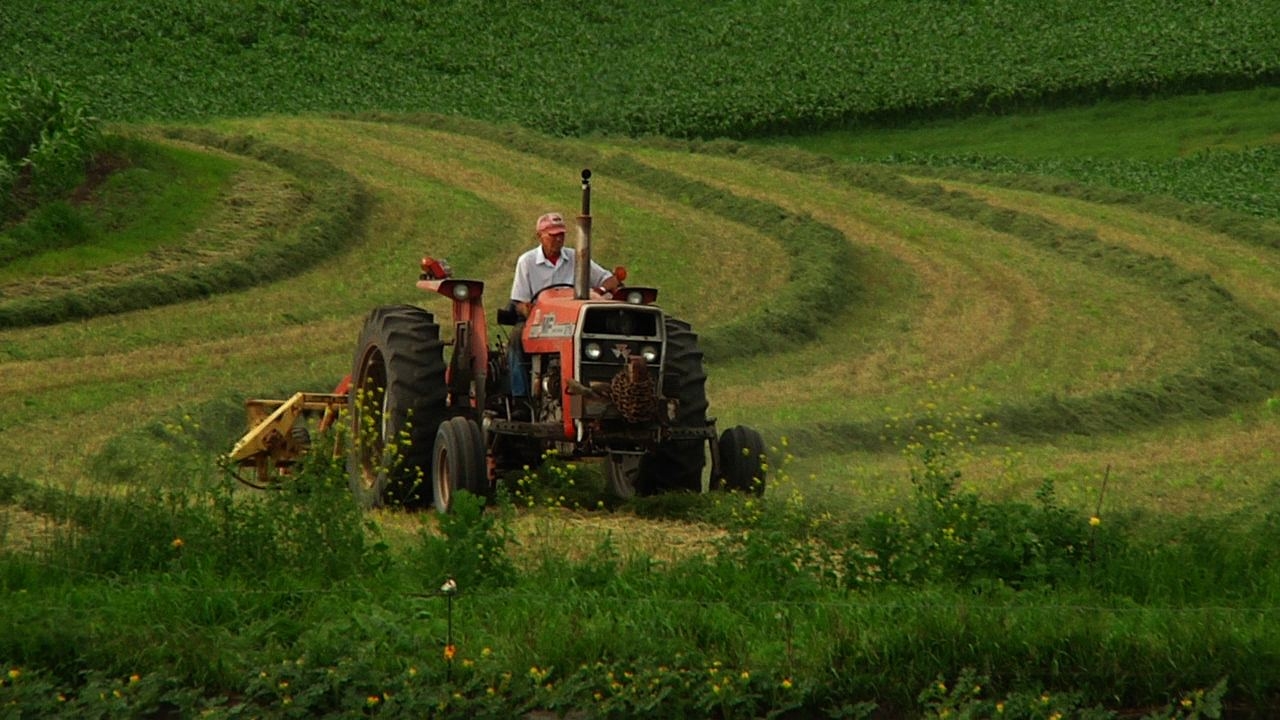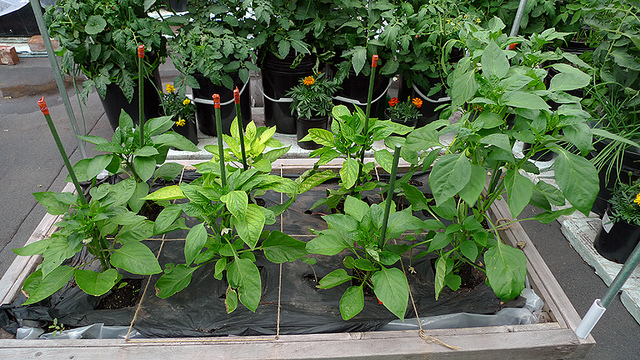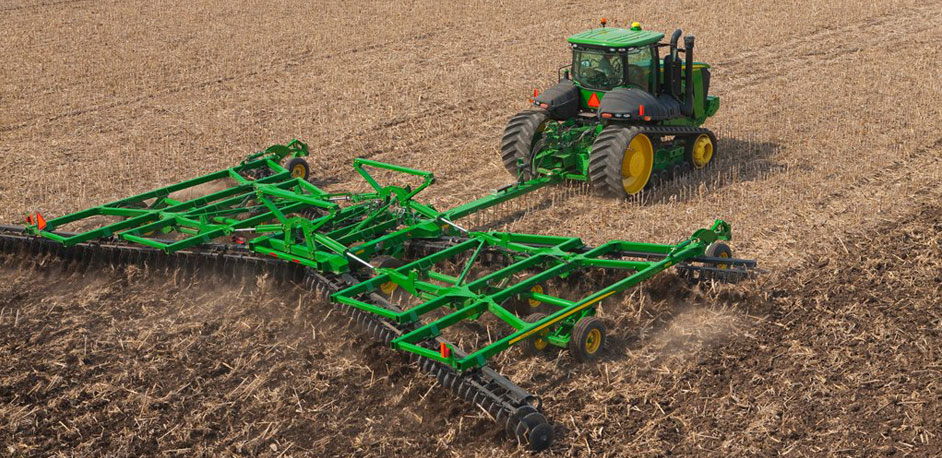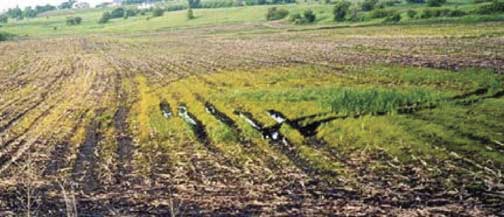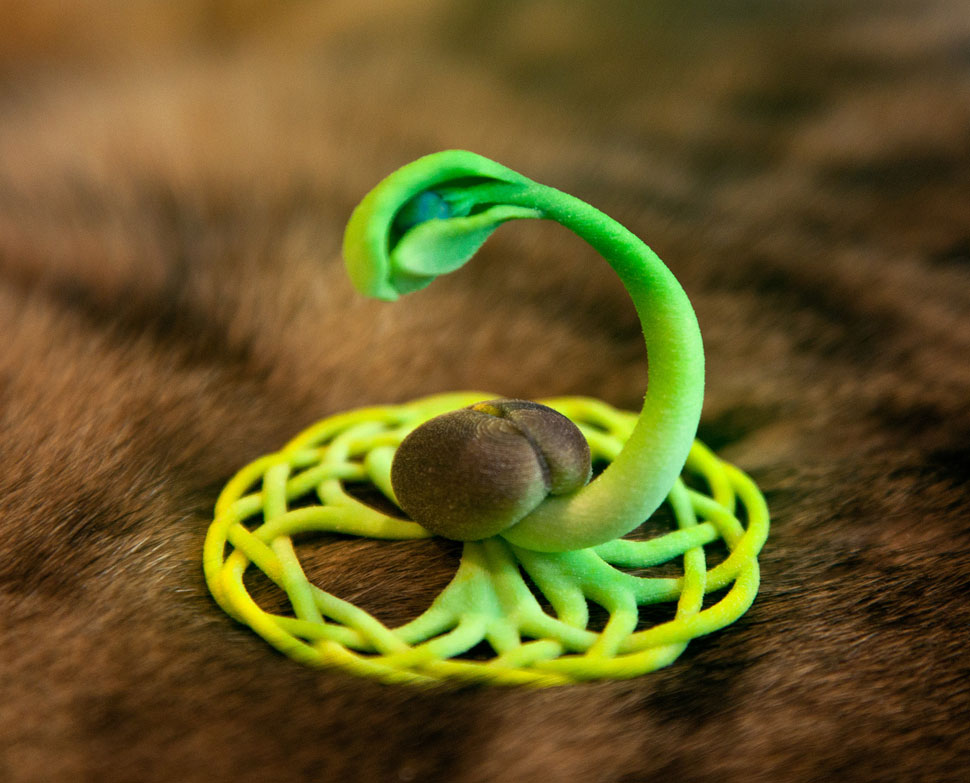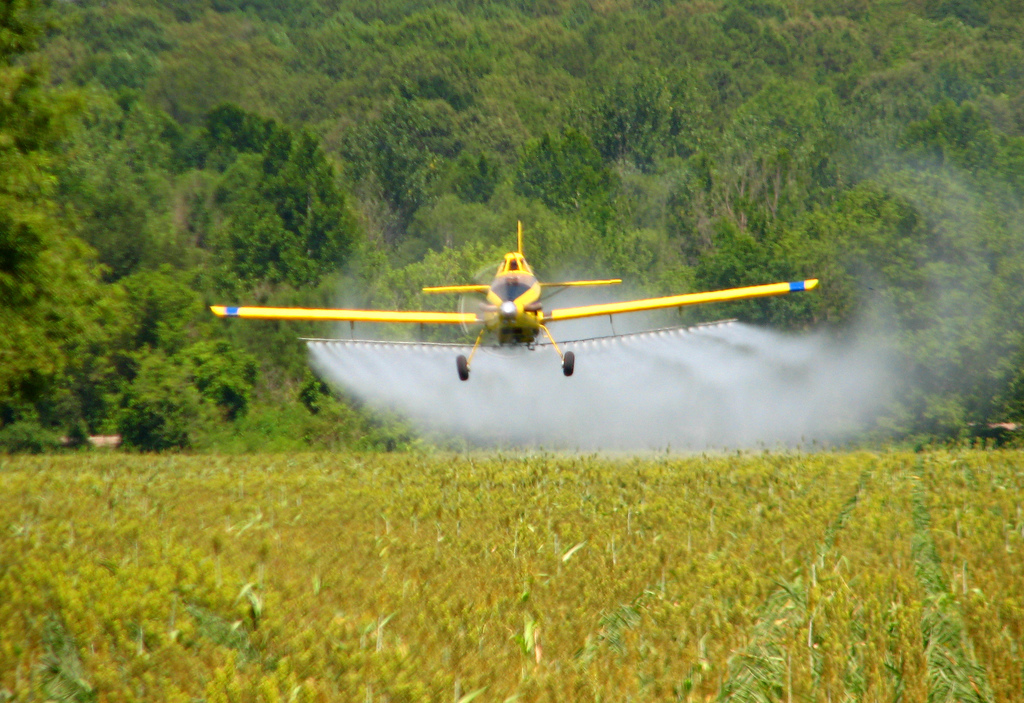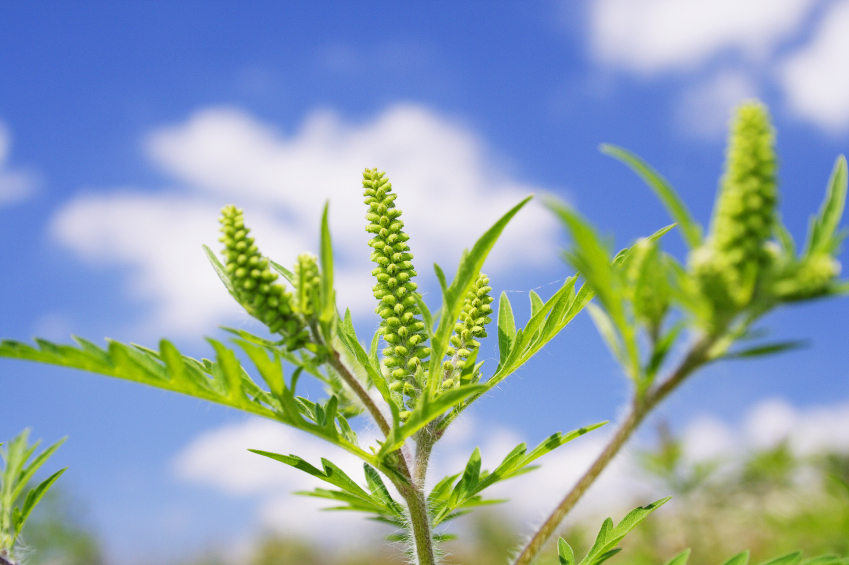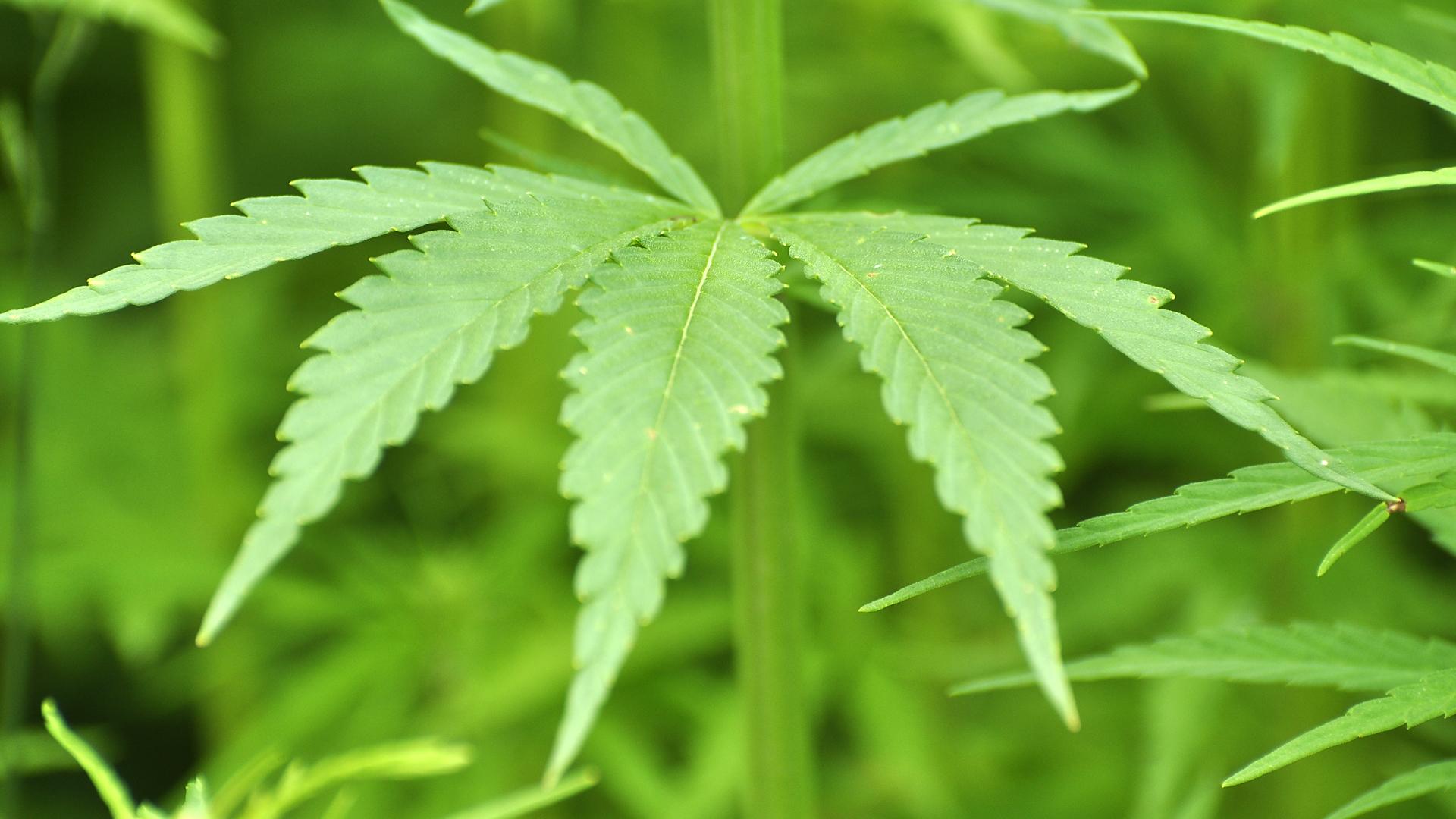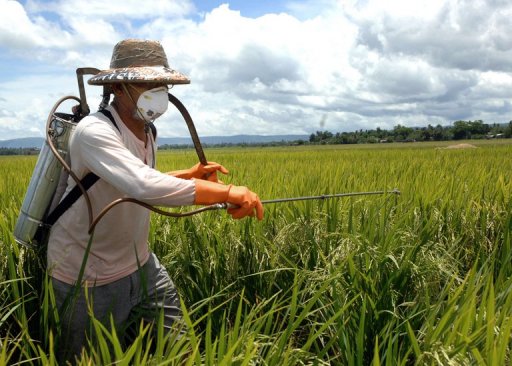CONVENTIONAL AGRICULTURE
Trendy agriculture is heavily dependent on the employment of phosphorus, a mineral necessary for correct plant and crop growth. however standard growing ways have near depleted this natural mineral from bound areas of farmland, that has resulted within the widespread mining of phosphorus to interchange it. This mining and its subsequent overuse in agriculture has junction rectifier not solely to widespread pollution of water provides, however it additionally threatens to deplete the world\’s restricted offer of phosphorus at intervals future many decades, say some.
Writing within the journal Environmental analysis Letters, Stephen Carpenter of the University of Wisconsin – Madison (UW-Madison) and his colleague Elena airman from McGill University say that agricultural and industrial use of phosphorus has the negative consequence of polluting rivers, streams, lakes, and different natural water sources. and since solely many areas round the world have natural reserves of phosphorus, provides can eventually become depleted if current mining practices continue.
According to Carpenter who is the associate authority on lakes and streams, and faculty member of earth science at University of Wisconsin,Madison”There could be a finite quantity of phosphorus within the world,\” \”This could be a material that is turning into additional rare and that we ought to use it additional with efficiency.\”
Phosphorus is an important mineral for all living things, together with humans. Without it, cells wouldn\’t be able to perform properly. however overuse is inflicting residues to course into H2O provides and spur alga blooms, that square measure destroying entire ecosystems. The chain result of this is often the widespread death of aquatic life, animals, and doubtless even humans.
\”If you\’ve got an excessive amount of phosphorus, you get eutrophication,\” adds Carpenter. \”Phosphorus stimulates the expansion of alga and weeds close to shore and a few of the alga will contain eubacteria, that square measure cyanogenetic. You lose fish. You lose water quality for drinking.\”
The authors say that phosphorus overuse should stop, which soils ought to be rigorously analyzed for phosphorus content before adding additional of the part.

Thanks for installing the Bottom of every post plugin by Corey Salzano. Contact me if you need custom WordPress plugins or website design.

